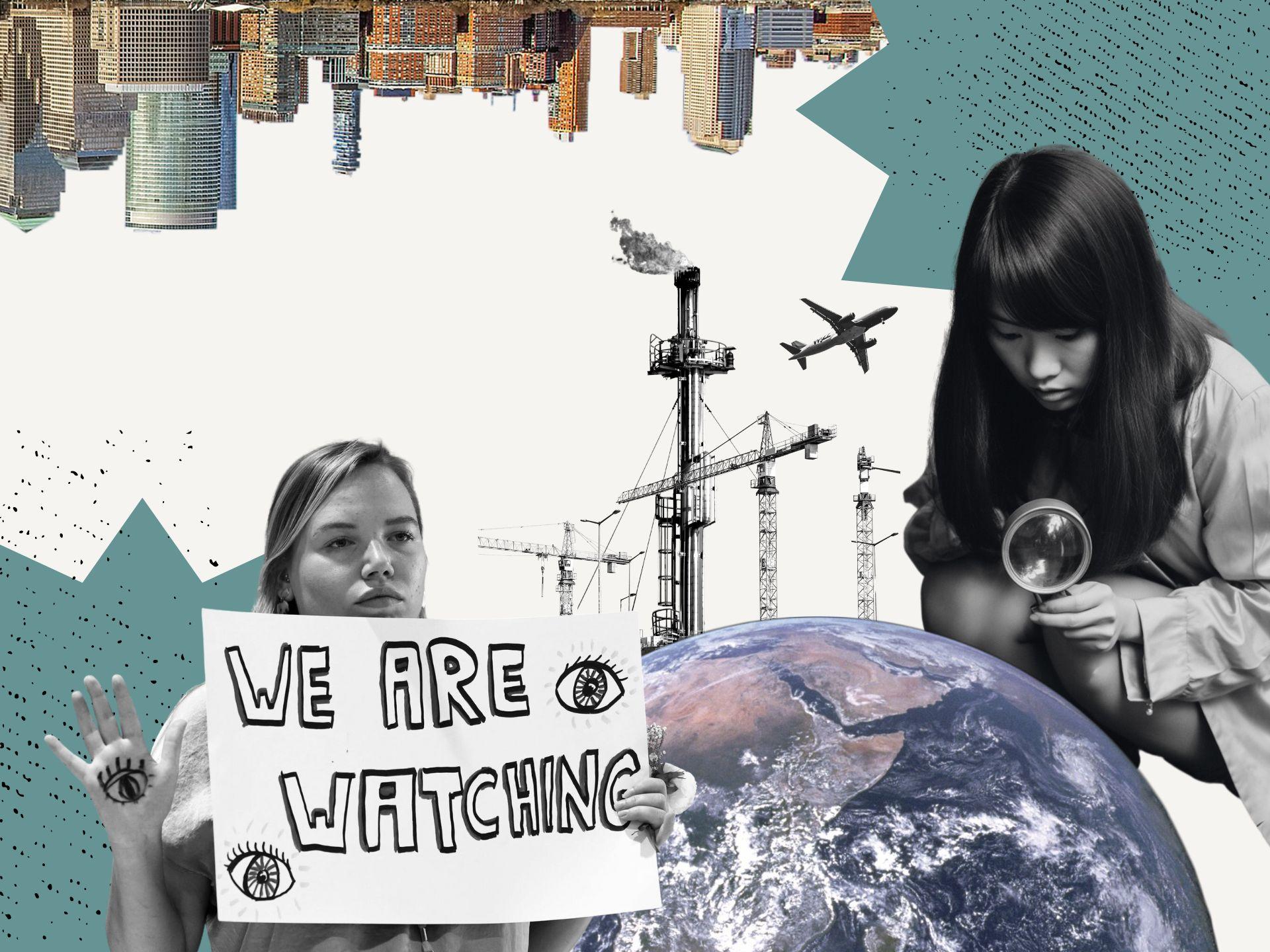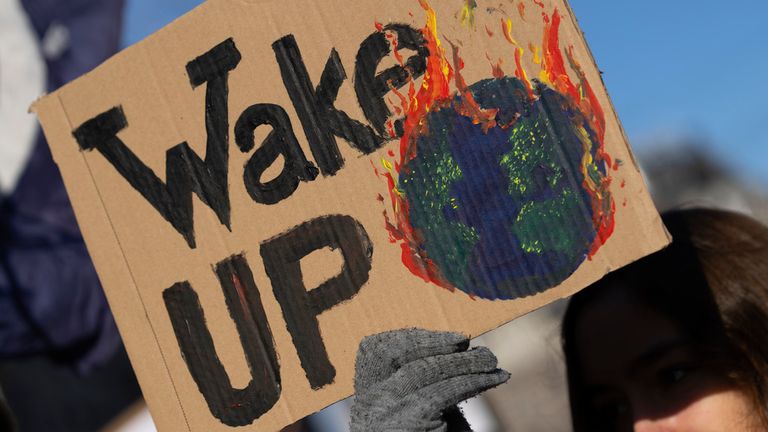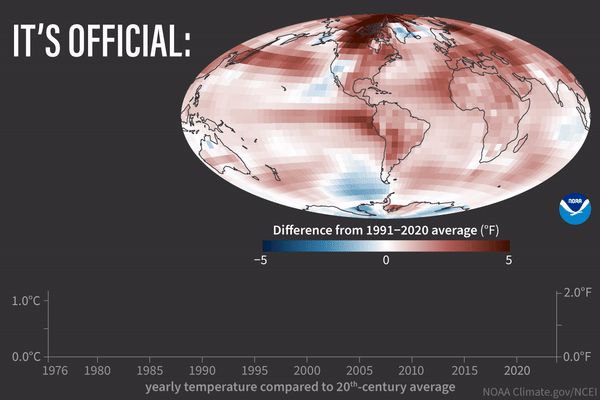"Dream, Dream, Dream! Conduct these dreams into thoughts, and then transform them into action."
- Dr. A. P. J. Abdul Kalam
"Dream, Dream, Dream! Conduct these dreams into thoughts, and then transform them into action."
- Dr. A. P. J. Abdul Kalam
28 Mar 2024
Defining Climate Science ~
The climates of various places vary greatly based on a wide range of factors. The average of all the different climates on Earth is the planet's overall climate. The endeavor of humanity to comprehend the natural processes governing the climate is known as climate science. The energy of the Sun that strikes a planet's surface determines its climate, which varies greatly based on latitude and season. The intricate interactions between that energy and the Earth's atmosphere, seas, and land masses eventually decide the climate.
The field of climate science is not new. Since the 1820s, when French mathematician and physicist Joseph Fourier proposed that the Earth's atmosphere may have contributed to the planet's surface heat energy being trapped, scientists have been trying to figure out why the Earth has the temperature that it does. In the 1850s, Irish scientist John Tyndall demonstrated for the first time that gases such as carbon dioxide and water vapor could absorb infrared light. Additionally, it was demonstrated in the 1890s by Swedish chemist Svante Arrhenius that burning coal might raise the atmospheric concentration of carbon dioxide, which may eventually cause Earth to warm. The way the climate reacts to changing conditions is now precisely accounted for by sophisticated and very accurate computer models that operate on supercomputers.
Conceptualisation Of Climate Science Literacy ~
Understanding how the climate affects you and society, as well as how you affect it, is the foundation of climate science literacy. Someone who understands climate

( Source: Google Images)
WHY DOES CLIMATE SCIENCE LITERACY MATTER?

(Source: Google Images)
Importance of Encouraging Response Among Society We Live In ~
Facts, shreds of evidence, and Rationale Behind It ~

( Source: Google Images )
The little dips and pauses that intersperse the 150-year trend of rising temperatures have also received a lot of attention. However, they are only the outcome of other human activities that momentarily offset greenhouse warming or the vagaries of the natural climate. For example, during the mid-1900s, light-blocking pollution from coal-fired power plants and internal climate dynamics temporarily stopped global warming. (Eventually, the globe began to warm again due to increased greenhouse gas emissions) Similarly, rather than warming the atmosphere, the so-called warming hiatus of the 2000s was partially caused by natural climatic variability that let more heat reach the ocean.
The amounts of greenhouse gases are growing, which best explains that warming. Ever since the Industrial Revolution, people have been putting more of them into the atmosphere. This is mostly because they are releasing carbon dioxide into the atmosphere when they harvest and burn fossil fuels like coal, oil, and gas.
It started to climb gradually until at around 1900, it passed the 300 p.p.m. threshold. Then, as electricity and vehicles grew more prevalent in contemporary life, CO2 levels increased and most recently exceeded 420 ppm. Methane, the second most significant greenhouse gas, has more than doubled in concentration. Compared to 56 million years ago, our rate of carbon emission has significantly increased.
The problem lies in the fact that we must cut emissions today to prevent losses later, which means making significant expenditures over the coming decades. According to recent research, delaying action until 2030 will result in nearly twice as much being spent by the United States on attaining net zero by 2050. The economics, however, still strongly support taking action on climate change even if we fail the Paris target because each degree of warming would cost us more in terms of both money and lives!